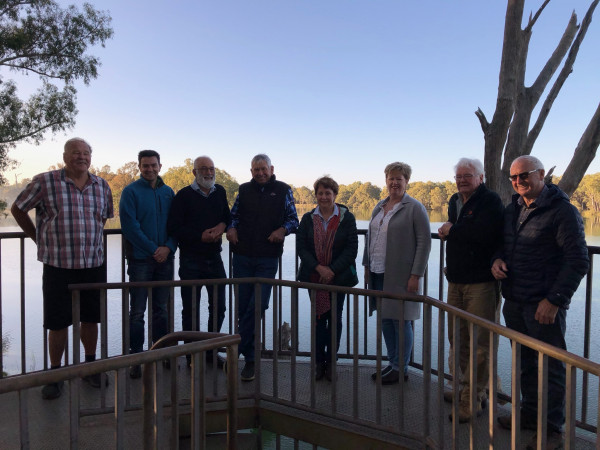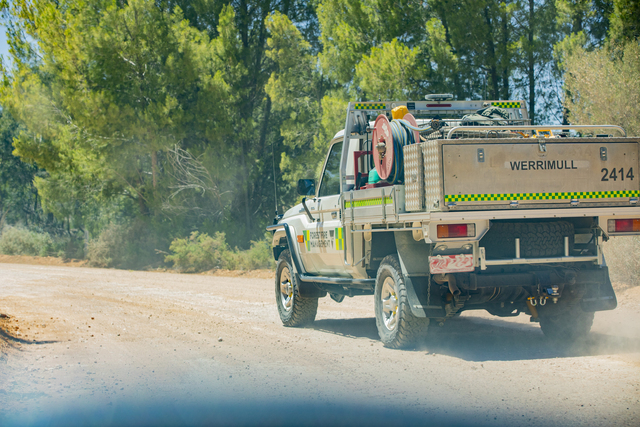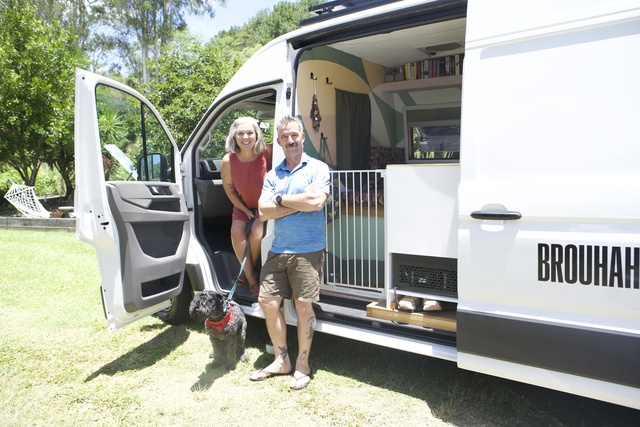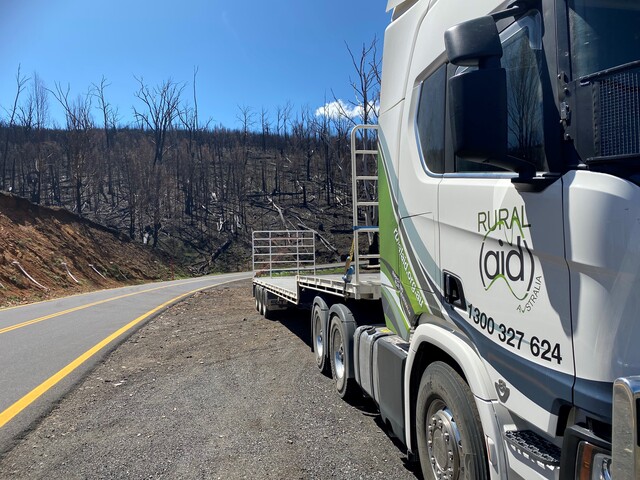A VISITING Victorian MP has expressed concern about the impact the reduction in flows in the Darling-Barka River is having on the state during a tour with a delegation of mid-Murray farmers.
Independent Member for Shepparton District Suzanna Sheed and a convoy of water stakeholders are on a learning tour of the northern Murray-Darling Basin this week to better understand lower Darling water issues.
The 15-person delegation, made up of Shepparton farmers, water stakeholders and councillors, travelled from Wentworth to Menindee on Monday, meeting farmers and floodplain graziers.
“One of the recurring issues for Victoria, which we garnered from our friends in New South Wales, is that the threshold where New South Wales has to relinquish control of its water in Menindee to the Murray-Darling Basin Authority is rarely reached,” Ms Sheed said.
The Menindee Lakes are controlled by the NSW Government.
But if water storage at the lakes increases to more than 640 gigalitres, a clause in the water management terms means control of the lake system will shift to the multi-state Murray-Darling Basin Authority.
South West Water Users Association chairman Howard Jones, who is travelling in the delegation, said his network of farmers and graziers estimated between 450GL and 650GL of water could arrive in Menindee in coming weeks after widespread rainfall across Darling-Barka tributaries in Queensland and NSW.
Large volumes of water are travelling down rivers including the Balonne, Condamine, Macintyre, Gwydir and Namoi after heavy rainfall in the headwaters, but could take six to seven weeks to reach Menindee, he said.
But it was “incredibly difficult” to gauge water volumes from official sources, including the NSW Department of Environment, Energy and Science, he said, and his network was taking its own readings of water gauges and sharing information by email to calculate totals.
Widespread floodplain harvesting across the northern basin meant a significant amount of water could be siphoned off by landholders before it reached the Darling-Barka, he said, and final volumes would not be known until water actually arrived in Menindee.
Estimates of water volumes headed for Menindee had been “dropping startlingly” over the last week, he said, with original estimates of between 700 to 1000GL falling by almost half.
“What we’re hearing anecdotally is that most of the dams (on properties on northern basin tributaries) are full,” he said. “(Property owners) are now pumping water on to paddocks”.
In March, member for Murray Helen Dalton labelled a new regulation by NSW Water Minister Melinda Pavey to allow floodplain harvesting “sneaky” and “underhanded”.
The Water Management (General) Amendment (Emergency Works Exemption) Regulation 2021, which was passed with “no warning” while NSW Parliament wasn’t sitting, allows irrigators to take unlimited amounts of water in the event of an “emergency”.
Ms Pavey said the legislation had “nothing to do with floodplain harvesting” but confirmed the definition of “emergency” was left open. “There is nothing else I can say as to how we define what is emergency and what is not emergency,” she said.
The Menindee Lakes system holds 322GL and sits at 18.6 per cent capacity.
The main two lakes used for water storage at Menindee — Lake Wetherell and Lake Pamamaroo — take up to 500GL capacity.
Above that capacity, the NSW Government will have to decide whether to fill up Lake Menindee or send the water down to Lake Victoria for South Australian use.
Mr Jones said he expected Ms Pavey to attempt to keep capacity at the lakes below the 640GL threshold to maintain NSW control.
Speaking to a webinar organised by the NSW Farmer Writers Association earlier this year, Ms Pavey said “keeping (Menindee Lakes) within (NSW) control and managing our water for our citizens is really important, and we’ve got work and a focus on that currently”.
Ms Sheed said if the NSW Government allowed Lake Menindee to fill up and transferred control of the water from NSW to the Murray Darling Basin Authority, it would benefit both Menindee and Victorian communities on the Murray River.
“The Goulburn Valley, Sunraysia and all of Victoria would benefit from that,” she said.
“That means there’s credit for Victoria for some of that water that’s flowing down to South Australia.
“Two decades ago, around 39 per cent of South Australia’s water entitlements were supplied by the Darling River, according to a 2000 report by the Murray-Darling Basin Authority.”
When less water flows down the Darling-Barka, “the Murray River and the storages along the Murray have to make up for the water that doesn’t come down the Darling River,” she said.
Since 2016, Sunraysia’s expanding horticulture industries have relied on increasing quantities of water through inter-valley trade (IVT) from the Goulburn Water, which flows through Ms Sheed’s Shepparton electorate.
Ms Sheed said the high flows had been “very damaging” to Goulburn River ecosystems.
A Victorian Government review into IVT rules will end in June.
“The whole basin is connected — the north and the south, we’re one basin,” Ms Sheed said. “What happens in the north … affects all of us along the Murray River.”
The delegation will visit communities across northern NSW and southern Queensland this week.








